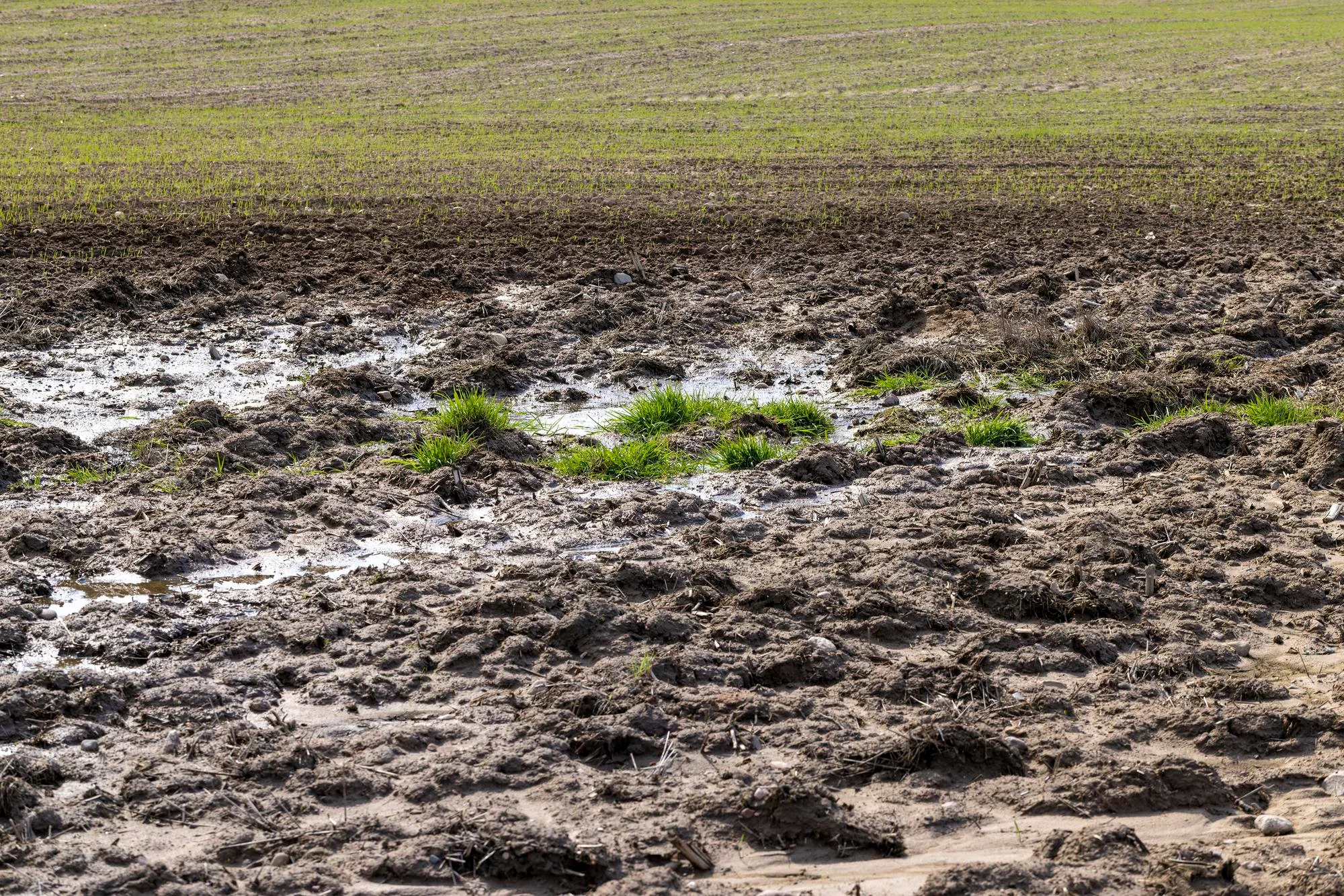Abstract
An innovative study led by researchers from the Université de Lorraine and INRAE, reported in the Journal of Hazardous Materials (2023), has utilized mass balance modeling to assess trace metal contamination in the soil of the historical King’s Kitchen Garden in Versailles, France. The study involves a meticulous analysis of cadmium (Cd), copper (Cu), lead (Pb), and zinc (Zn) from 1683 to 2021, highlighting the implications of past agricultural practices on present-day soil health.
Introduction
The King’s Kitchen Garden (Le Potager du Roi) in Versailles, France, a UNESCO World Heritage site, has rich historical significance and continues to serve as a prominent example of sustainable vegetable production. Maintaining soil quality has thus been of paramount interest both for heritage conservation and agricultural productivity. A team of French researchers, including Zhong Xueqian, Antoine Jacobsohn, Christine Dufour, Christophe Schwartz, and Thibault Sterckeman, undertook a study to understand the long-term impact of trace metals in garden soils, particularly looking at Cd, Cu, Pb, and Zn. Published in the Journal of Hazardous Materials, the study offers a compelling retrospective of soil management practices and their ramifications on modern-day soil contamination (DOI: 10.1016/j.jhazmat.2023.133259).
Methodology
The research involved constructing a mass balance model to compare historical fluxes of trace metals to the current levels of these metals in the topsoil of the King’s Kitchen Garden. Organic matter application scenarios from the 18th and 19th centuries, along with an uncertainty analysis spanning over three centuries, provided the framework for this comparison. The model calculated the differential between input fluxes, such as atmospheric deposition and fertilizer use, and output fluxes, including crop harvesting and leaching.
Findings
The modeling results matched the trend and order of magnitude of the current soil metal contents, with a notable accuracy for Cu and Zn. However, the levels of Pb were underestimated by approximately 80%, and the model overestimated the current levels of Cd by about 100%. These discrepancies underscore unaccounted sources of Pb contamination and possible biases like atmospheric deposition inaccuracies or the composition of organic amendments for Cd.
Discussion
The greater-than-anticipated presence of Pb suggests the existence of significant, yet unidentified, historical sources of Pb pollution beyond modeled estimates. In contrast, the overestimation of Cd emphasizes the challenge of accurately modeling atmospheric fallout and the variable composition of organic matter historically applied to the soil.
Implications
The study illustrates the capability of such models to project long-term trends in trace element levels in cultivated soils. However, it also necessitates careful selection and realistic scenarios for input data. The work echoes concerns regarding the long-term ecological consequences of historical agricultural practices and soil amendment strategies in horticulture.
Conclusion
The historical modeling of soil contamination at the King’s Kitchen Garden furnishes valuable insights into the legacy of past agricultural methods on present soil health. The work underlines the relevance of comprehensive and historically informed approaches to environmental assessment and the importance of refining predictive models for better environmental management.
Copyright Information:
Copyright © 2023 Elsevier B.V. All rights reserved.
References
1. Xueqian, Z., Jacobsohn, A., Dufour, C., Schwartz, C., & Sterckeman, T. (2023). Evaluating a mass balance model for soil trace metals using the historical data from the King’s Kitchen Garden (Versailles, France). J Hazard Mater, 465, 133259. DOI:10.1016/j.jhazmat.2023.133259.
2. Alloway, B. J. (2013). Heavy metals in soils: trace metals and metalloids in soils and their bioavailability. Springer Science & Business Media.
3. McBride, M. B. (1994). Environmental chemistry of soils. Oxford University Press.
4. Kabata-Pendias, A. (2011). Trace elements in soils and plants, Fourth Edition. CRC Press.
5. Rieuwerts, J. S. (2015). The elements of environmental pollution. Routledge.
Keywords
1. Soil Contamination Model
2. Historical Trace Metals
3. Agriculture Soil Health
4. King’s Kitchen Garden
5. Environmental Mass Balance
